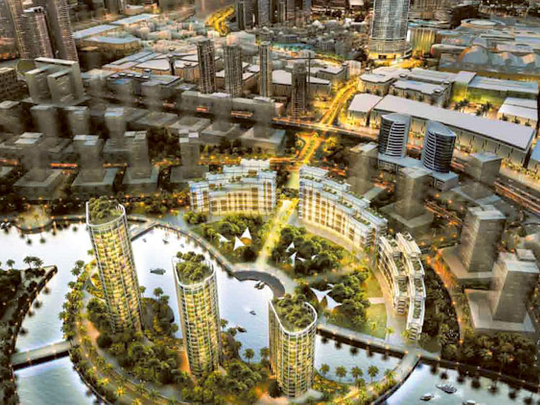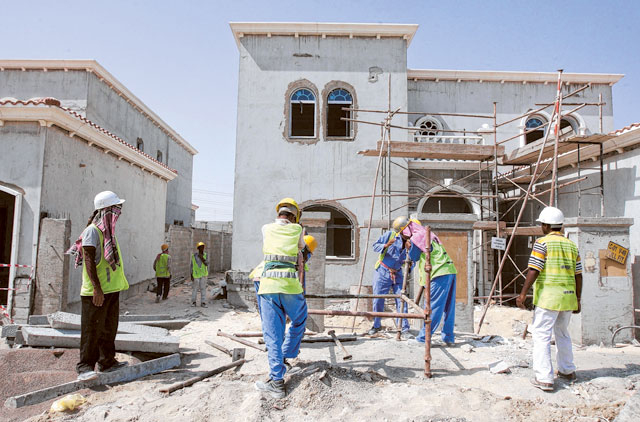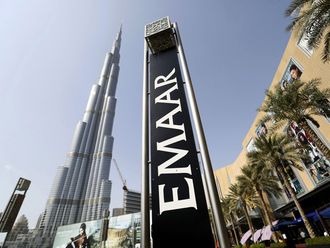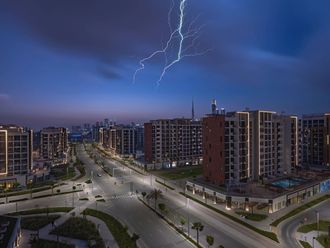
The Dubai property market’s turnaround, fuelled in large measure by a considerable fund inflow from overseas investors has loosened the leash on new project releases.
The first-half of the year saw Nakheel and Emaar testing the investment waters, with quite favourable results. Privately-owned Al Barari announced a new phase at its sprawling development in Dubai, while Falcon City served up a wonder for a Taj Mahal replica. The Arabian Canal vision was placed back in the scheme of new projects.
Then came the MBR City, plus there was the confirmation for the Dh10 billion and 30,000 square feet leisure and investment destination in Jebel Ali from Meraas Holding. The first component within the latter is to be ready in 2014.
While any or all of this would go some way towards rejuvenating the construction side of things, they also throw light on the thorny side of project funding. This could yet be the biggest challenge these developments will need to surmount.
“For large ticket transactions, the debt market still remains difficult with the cost of debt not having come down as much as, say, individual mortgages,” said Gaurav Shivpuri of Jones Lang LaSalle. “The high price does create a hurdle for large ticket transactions.”
With the bitter lessons from the downturn still fresh, local banks would be chary of any uptick in exposure towards project development. For master-developers, land sales can only fetch them so much, while funds from property sales will perforce go into escrow. Getting sub-developers in could again mean they may get some who could end up with cash-flow concerns and lead to creeping project delays.
No one wants a replay of that vicious cycle of 2008-2009.
There is no doubt, in the post Global Financial Crisis world, that funding will become more difficult to obtain as providers and investors take a more conservative and critical view on where funds are applied.
“The world is still largely risk averse as memories of the biggest recession in history are still fresh and the majority of the world’s economies are still struggling to avert a repeat performance,” said Mohanad Alwadiya of Harbor Real Estate. “Having said that, there is still the inexhaustible desire for investment returns and wealth generation.
“Notwithstanding the new era of austerity and conservatism, projects which are robust in concept and which exhibit risk profiles which are acceptable in addition to being superior to whatever alternative investment options may be under consideration, will stand a very good chance of satisfying funding requirements.”
But developers and their project backers should take note of this tidbit – a new survey reckons that the regional investor’s appetite for Dubai real estate has not slackened. According to the just released “The Middle East Private Capital Survey” from Cluttons, 80 per cent of high networth investors very likely to make an investment in Dubai during 2013.
Residential real estate interests 40 per cent of those surveyed, while hotel and leisure takes the fancy of another 40 per cent. The rest is geared towards retail properties.
Typical budgets for Abu Dhabi based high networth investors seeking residential assets in Dubai range from Dh50 million to Dh80 million, with multi-storey G+8 to G+12 tenanted residential buildings which contain some mixed-use elements topping wish lists. “Dubai’s improved attractiveness, as a result of the regional geopolitical tensions, coupled with the emirate’s economic recovery has in effect created a ‘perfect storm’,” said Ian Gladwin, CEO at Cluttons.













